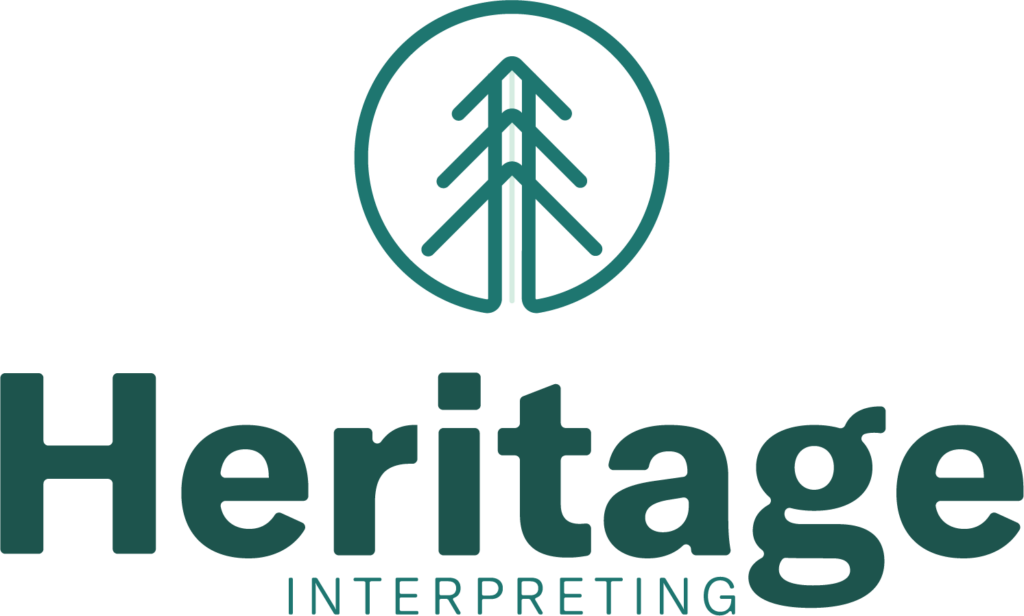Introduction
American Sign Language (ASL) is a complex, fully developed visual-spatial language utilized by the Deaf and hard-of-hearing communities in the United States and parts of Canada. ASL has a rich history that reflects the resilience and determination of the Deaf community in seeking recognition and social equality. This essay will provide an overview of the origins of ASL, its development over time, the influences of other sign languages and linguistic communities on its evolution, and the key historical figures, educational institutions, and milestones that have contributed to its growth and recognition as a distinct and valuable language.
Origins of ASL
The roots of ASL can be traced back to the early 19th century, with the merging of local sign languages and the Old French Sign Language (OFSL) brought to the United States by Laurent Clerc, a Deaf educator from France (Lane, Hoffmeister, & Bahan, 1996). In 1817, Clerc and Thomas Hopkins Gallaudet, an American educator, established the American School for the Deaf (ASD) in Hartford, Connecticut, which became the cradle of ASL (Lane et al., 1996). The ASD provided an environment where the combination of OFSL and the regional sign languages of Martha’s Vineyard, Henniker, and Sandy River Valley, among others, gave birth to what we now know as ASL (Groce, 1985).
Development of ASL
ASL continued to develop and evolve throughout the 19th and 20th centuries. Its expansion was propelled by the establishment of more schools for the Deaf, such as the New York Institution for the Deaf in 1818 and the Pennsylvania School for the Deaf in 1820 (Gannon, 1981). As the Deaf community grew, so did the linguistic diversity of ASL, as regional variations and dialects emerged (Lucas, Bayley, & Valli, 2001).
One of the most significant milestones in the development of ASL was the publication of the first ASL dictionary by William Stokoe in 1960 (Stokoe, 1960). Stokoe’s work demonstrated that ASL possessed a linguistic structure and grammar distinct from English, contributing to its recognition as a bona fide language (Stokoe, 1960). Subsequent research further established ASL as a complex and robust language with its own syntax, morphology, phonology, and semantics (Klima & Bellugi, 1979).
Influences of Other Sign Languages and Linguistic Communities
Various sign languages and linguistic communities have influenced ASL throughout its history. As previously mentioned, OFSL played a pivotal role in the formation of ASL, providing a foundation upon which regional sign languages could merge (Lane et al., 1996). Additionally, ASL has been influenced by Black American Sign Language (BASL), which developed among African American Deaf communities during segregation (Lucas, Bayley, & Valli, 2001). The two languages share many similarities, but BASL exhibits unique phonological, lexical, and syntactic features that reflect its users’ distinct experiences and cultural identities (Lucas et al., 2001).
Key Historical Figures, Educational Institutions, and Milestones
The history of ASL is marked by the contributions of key figures, educational institutions, and milestones that have shaped its growth and recognition. Thomas Gallaudet and Laurent Clerc were instrumental in founding ASD, which served as the birthplace of ASL and a model for other Deaf schools across the country (Lane et al., 1996). Another notable figure is Edward Miner Gallaudet, Thomas Gallaudet’s son, who founded Gallaudet University in 1864, the world’s first and only liberal arts university for the Deaf (Gannon, 1981). Gallaudet University has since become a hub for research and innovation in ASL and Deaf culture.
Throughout the 20th century, several milestones contributed to the recognition and standardization of ASL. The National Association of the Deaf (NAD), founded in 1880, advocated for the rights of the Deaf community and promoted ASL as a legitimate language (Gannon, 1981). The work of William Stokoe and the publication of the first ASL dictionary in 1960 served as a turning point in the linguistic recognition of ASL (Stokoe, 1960). Later, the establishment of the Linguistics Research Laboratory at Gallaudet University in 1975 further advanced the study and documentation of ASL (Klima & Bellugi, 1979).
In 1990, the Americans with Disabilities Act (ADA) was passed, which granted Deaf individuals legal rights and protections, including the right to access ASL interpreters (ADA, 1990). This legislation marked an essential milestone in the recognition of ASL and the empowerment of the Deaf community.
Conclusion
The history of American Sign Language is a testament to the resilience, adaptability, and determination of the Deaf community in the United States. From its origins as a fusion of OFSL and local sign languages to its development and evolution over time, ASL has grown into a robust and distinct language that serves as a cornerstone of Deaf culture. The contributions of key historical figures, educational institutions, and milestones have been integral to the recognition of ASL as a valuable and legitimate language. As research and advocacy continue, ASL will continue to evolve and empower its users for future generations.
References
ADA. (1990). Americans with Disabilities Act of 1990. Pub. L. No. 101-336, 104 Stat. 327.
Gannon, J. R. (1981). Deaf Heritage: A Narrative History of Deaf America. National Association of the Deaf.
Groce, N. E. (1985). Everyone Here Spoke Sign Language: Hereditary Deafness on Martha’s Vineyard. Harvard University Press.
Klima, E. S., & Bellugi, U. (1979). The Signs of Language. Harvard University Press.
Lane, H., Hoffmeister, R., & Bahan, B. (1996). A Journey into the DEAF-WORLD. DawnSignPress.
Lucas, C., Bayley, R., & Valli, C. (2001). Sociolinguistic Variation in American Sign Language. Gallaudet University Press.
Stokoe, W. C. (1960). Sign Language Structure: An Outline of the Visual Communication Systems of the American Deaf. Studies in Linguistics: Occasional Papers (No. 8). University of Buffalo.


